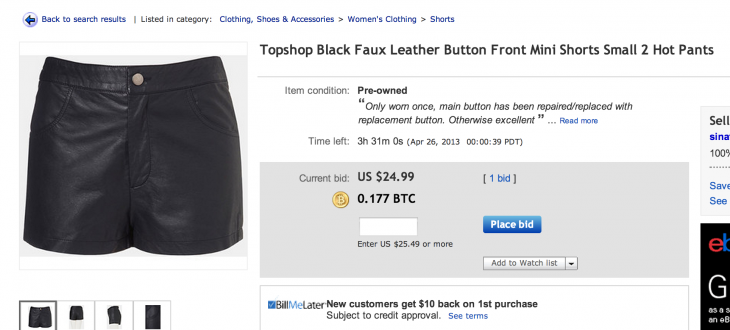Galaxy S4 Puts More Features Into the Same Package

The Galaxy S4’s dual camera app lets the photographer appear in a movable inset within the photo or video.
“We’re No. 2,” went the old Avis slogan. “We try harder.”
There’s a world of wisdom there. When Apple designed its originaliPhone, it had zero market share; the company had nothing to lose by taking risks. As a result, the phone teemed with bold ideas.
But as the iPhone became more iconic and more important to Apple, the company’s courage to shake things up has dwindled. Why mess with a great thing?
That timidity gave Samsung the opening it needed. Its Galaxy S phone went after the iPhone with all guns blazing, and soon became a cellular celebrity in its own right.
When it was a distant would-be, Samsung had nothing to lose. “Let’s try making the screen really huge!” “Let’s try hand gestures!” “Let’s try eye recognition!”
But now here’s the Galaxy S4, the fourth incarnation of Samsung’s best-seller. (All four big United States carriers will offer it for prices from $150 to $250 with a two-year contract, or around $640 up front.) And here’s the funny thing: Now Samsung is starting to play it safe.
The Galaxy is still a beautiful, high-horsepower Android phone. But basically, it’s an updated Galaxy S3. If this were Apple, who adds the letter S to denote a slightly upgraded model (“iPhone 4S,” for example), Samsung might have called this phone the Galaxy S3S.
The S4 is the same size as the S3 (well, seven-tenths of a millimeter thinner). It’s still huge, more Jumbotron than index card. Good for maps and movies, bad for small hands.
And the S4 is still made of plastic — lightweight and grippy, but not as classy as the iPhone’s glass or the HTC One’s metal.
All told, nobody at the office will notice that you’ve bought the latest and greatest.
Yet Samsung has managed to cram better components into this wafer without increasing its size. The bright, supersharp screen is now 5 inches diagonal, up from 4.8; the margins have shrunk.
The battery is 20 percent bigger, too. That doesn’t necessarily mean much improvement in the one-day battery life, because the larger screen drinks up more power. Fortunately, you can still pop off the back panel and swap batteries, which you can’t do on an iPhone without a blowtorch. You can also expand the storage with a memory card; the iPhone can only watch with envy.
Most of the other changes in the S4 are software features. More than ever, Samsung’s design approach this time was, “Throw everything in and see what sticks.” There was absolutely no filter. There’s also no consistency, coordination or unified direction; it’s just a big, rattling cargo bay crammed with features.
A few examples: SMART SCROLL This is the S4’s much anticipated eye tracking. Like its predecessor, the S4 can recognize your eyes; it can, for example, dim the screen when you look away, to save battery power. In the S4’s video app, playback pauses when you look away (usually).
Better yet, the Web page or e-mail message you’re reading scrolls when you tip your head, or tip the phone a little bit. No hands! It’s unpredictable and gimmicky, but hey — it’s innovation, right?
AIR VIEW Point to the screen without actually touching the glass to get a pop-up preview of something. For example, point to a calendar square to see a pop-up preview of that day’s events, or to a Gallery thumbnail image to see the full-size photo.
Unfortunately, this feature is inconsistent. Why does it work in the Mail program, but not the Gmail program? (For that matter, why does Android require one app for Gmail, and another for other e-mail services?)
AIR GESTURES A sensor sees when you’re waving your hand — a feature that “really adds value when you’re eating with greasy fingers,” Samsung says. You can scroll a Web page or e-mail message by flapping your hand, or accept an incoming call with a wave. When the phone is locked and dark, waving makes the screen light up long enough for you to see the time, battery gauge and notification icons.















